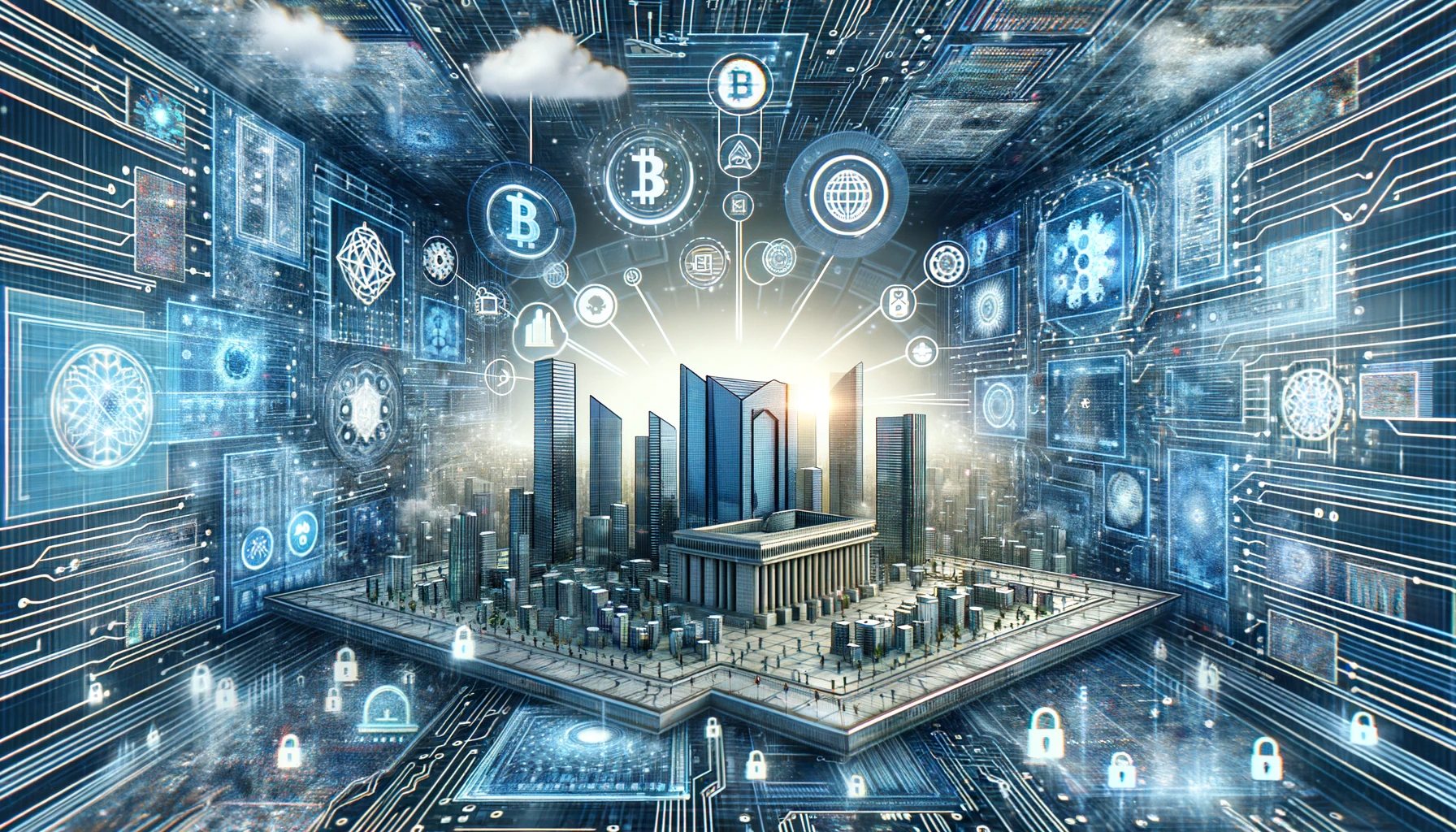The RBI Maintains Interest Rates at a Stable Level
The Reserve Bank of India (RBI), through its Monetary Policy Committee (MPC), has decided to keep the repo rate unchanged at 6.5%. This decision holds crucial importance for the current economic situation of the country and the outlook for the coming months.
What is the Repo Rate?
The repo rate is the interest rate at which the RBI lends short-term funds to commercial banks against government securities. It is a significant monetary policy instrument that influences the cost of credit and overall economic activity.
RBI’s “Withdrawal of Accommodation” Policy
The RBI has adopted a stance known as “withdrawal of accommodation” to control inflation. This involves a shift from accommodative monetary policy towards a less flexible or more restrictive approach.
Inflation and Economic Growth Forecasts
The RBI expects the Consumer Price Index (CPI) to remain at 5.4% in the fiscal year 2024, with a projected real GDP growth of 7%.
Innovations in RBI’s Operations
The RBI has introduced the option to hedge against gold prices in the International Financial Services Centre (IFSC) and mandated regulated entities to provide retail and MSME borrowers with “Key Information Statements” to enhance transparency.
Monetary Policy and Economic Growth
The RBI is steering the current monetary policy in a hawkish manner, focusing on inflation control and liquidity management. Its aim is to strike a balance between economic growth and price control, ensuring stability and transparency.
The RBI’s decision to maintain stable interest rates may stimulate credit activity, economic growth, and investments in the stock market, contributing to further economic development.
Challenges and Goals of the RBI
Despite concerns about rising prices, escalating oil prices, and global instability, the RBI strives to prevent inflation while supporting economic growth. It aims to keep prices in check while adjusting its actions to the evolving market situation.
Conclusion
The RBI consistently makes decisions aimed at combining economic growth with inflation control. Its actions are geared towards ensuring clarity in lending, accelerating access to banking, ensuring secure digital payments, and promoting the use of digital currency. By maintaining stable interest rates, the RBI seeks to overcome the challenges and goals facing the Indian economy in the near future.




